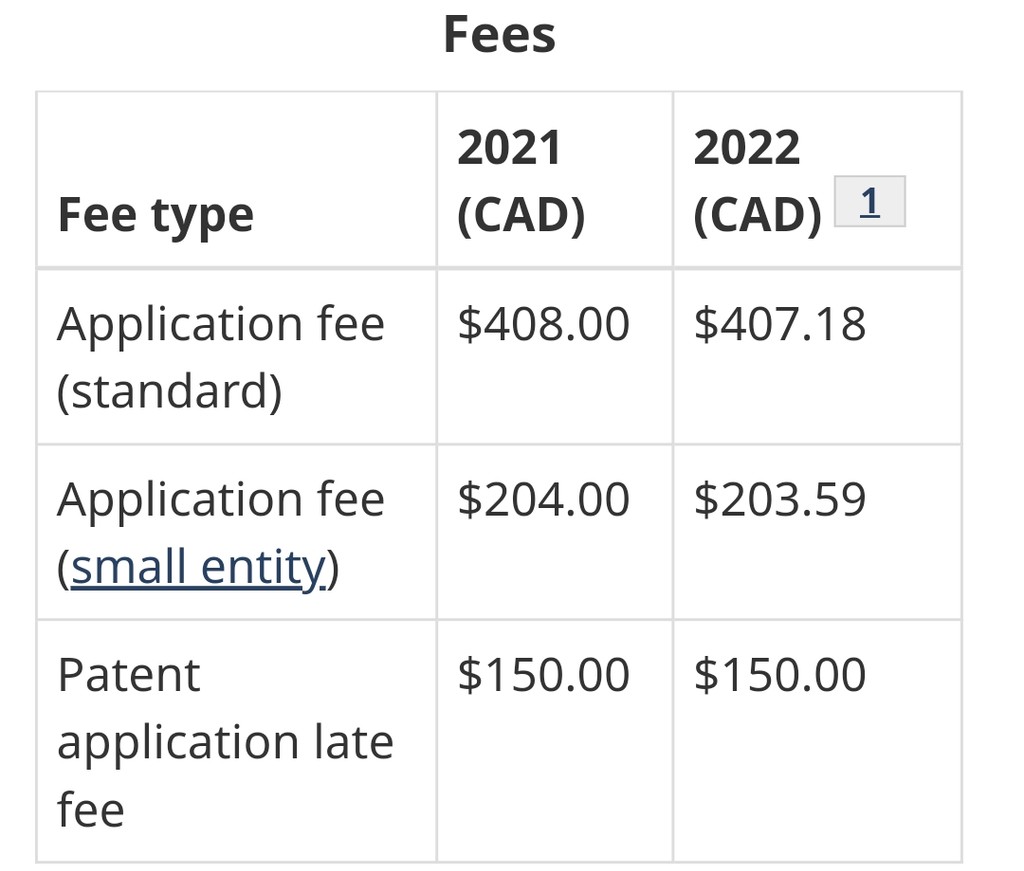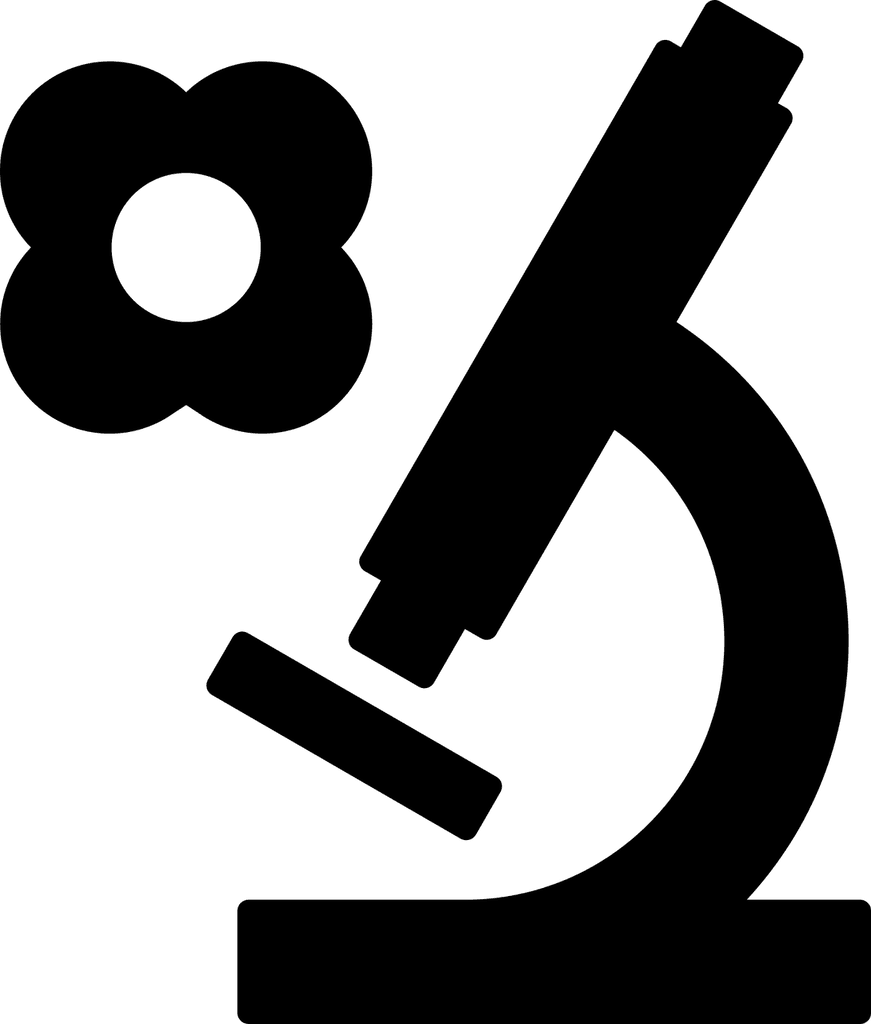Toronto is the capital of the province Ontario. It’s also a southeastern Canada. It is Canada’s most populous and largest city. I seets location on Lake Ontario’s north shore forms part of Canada’s border with the United States. Toronto has become an important international trading hub thanks to its proximity to the Great Lakes and major U.S. industrial centers via the Lawrence Seaway.
The city’s location on the edge is among the most productive farmland in Canada. This climate allows for a wide variety of crops to grow, making it a transport, distribution and manufacturing hub.
Patent Rights
Patents give the owner the exclusive right of making, using and selling the invention described. As with all intellectual property rights it is the responsibility and obligation of the patent owner for enforcing this right. A set of claims defines the scope of “the invention”, within which the monopoly has been granted.
Patent infringement occurs when someone makes, sells or uses something that contains all the essential elements of any one of these claims. The patent’s monopoly is territorial. The Toronto patent grants the owner exclusive rights in Canada. Patents for the same invention are often obtained in multiple countries around the globe in today’s global marketplace.
This application process is for applying for a patent in Toronto.
Patentable Inventions
Your invention must be novel, useful, and innovative to be patentable.
New: Your invention is unique in the world.
Useful: Your invention is useful if it works or serves a purpose.
Innovative: Your invention is a novel development or improvement to an existing technology that is not obvious to others in your field of specialization.
Your invention must be in the following categories to be eligible for a patent:
- A product (example: a door lock)
- A composition is a mixture (example: A chemical composition used in door lock lubricants)
- A machine (example: A machine to make door locks).
- A process (example: A method to make door locks).
- Any improvement to any of these.
Search patent
To find out if your invention or a similar one has been patented, search patent databases.Use the following to search for patents that are pending or already issued:
- Canadian Patents Database
- PATENTSCOPE
- United States Patent and Trademark Office patent data base
- Google Patents
- Patent databases available at your local library
- Internet searches using the keyword “patent” to search for more information and databases
- Other databases available
Non-patent databases can be more valuable for certain fields. You can search other databases that contain information related to the invention.
Find out if you should hire a patent agent If; The application is not filed by the inventor, there is more than one inventor, the application is not jointly filed by all inventors or a transfer of the application was recorded at the office.
Get a filing date
When filing a patent application, it is important to complete all sections. It is possible to file a patent application without having completed it. You must at least provide: An indication that you are seeking a patent for the invention, information that allows applicants to be identified (and, if necessary, co-applicants)Contact information for applicants (and information for co-applicants, if applicable) or description of your invention in any language
Fees
When you file your patent application, you must pay the fee. You will be issued a filing date when you pay the fee. However, if you fail to pay, you’ll be subject to a late fee.
After you file, wait for your filing certificate. It will be mailed if your application meets all the filing requirements. A certificate includes a filing date and a patent application.
You should receive a certificate within the 15-day period of CIPO receiving it and means your application is pending. However, it does not guarantee you will be granted a patent.
Complete your application
Your patent will be issued to the application that you submit. Your application will become your patent. Your patent application must include the following:
- Petition: The petition is your formal request for a patent and includes:
- the title of the patent
- your name and address
- the name and address of co-applicants (if applicable)
If you file online, you can use an auto-generated petition. Otherwise, use the Petition for Grant of Patent form to generate a printable petition to include with your application.
2. Statement of entitlement: You must provide one of the following statements:
- the applicant or applicants are entitled to apply for a patent
- the applicant is the sole inventor of the subject matter
- the applicants are all inventors and the sole inventors of the subject matter
Include this statement in either your petition or a separate document.
3. Inventor information: You must provide the names and addresses of all inventors.
4. Abstract: An abstract is a brief summary of your invention (150 words or less) that describes it and explains how it can be used. Abstracts are used primarily for searching patent databases.
- Describe the major parts of your invention, and their workings.
- Do not refer to claims or other parts of the application. Your abstract can be read by itself, so the reader won’t understand any other parts of your application.
- Your abstract should be written so that people with knowledge in the field will understand it.
5. Claims: Your patent application contains the legal foundation for your invention called claims. They create a border around your patent that defines your invention. They notify others when they violate your rights. Consider the claims section’s scope, characteristics, and structure when writing it.
Scope. Each claim should only have one meaning. It can be broad (generally high-level and high-level) or narrower (more specific), but it cannot be both. You can obtain legal title to multiple aspects of your invention by writing many claims. Each claim has its own scope.
Characteristics. Make sure your claims are written in the following manner:
Clear -so the reader doesn’t wonder about your claim. Avoid using words like “thin,””strong,””a major part,””such as”” or “when needed” because these words force the reader into making a judgment based on their opinions rather than objective observation. Be specific.
complete – This ensures that the covers the inventive feature and includes enough elements to place the invention in its proper context.
supported -by the description. Your claim should be clear, understandable by anyone working in your field, based on your description.
Structure: A claim can be described as a single sentence or statement that is made up of three parts.
Preamble or introductory sentence. The preamble describes the invention’s category and sometimes its purpose (e.g., a machine to wax paper, a composition to fertilize soil).
Purview or Body
The scope lists the main components of the invention such as the parts of a device or steps of a method, ingredients in a composition, and groups in the chemical formula for a compound.
Transitional phrase
The transitional phrase describes the relationship between the claim’s body and the introductory phrase. This phrase helps to assess the claim’s scope, as it can be either restrictive or permissive. It is the third part of the previous two parts. It is composed of words and phrases like:
“which comprises”, “comprising”, “including”, “consisting of”
6. Description. The description should be able answer the questions “What is your invention?” and “How does it work?” The description should be sufficient to allow someone else to make and use your invention.
Be sure to give a detailed description of the invention. This is because once your patent application has been filed, you cannot add any additional information.
- Begin with some background information, then go on to the details about your invention and its components.
- All changes must be made in accordance with the original. There is nothing new that can be done.
7. Drawings: Include a drawing of inventions whenever possible. You can include photos of your invention if you are unable to draw it. Your drawing must:
- Describe every feature of the invention as defined in the claims.
- Follow the Canadian Intellectual Property Office’s guidelines for page size and paper quality
You should not submit any models or specimens of your invention.
8. Sequence listing (if applicable).
If your description contains the sequence of a new protein or nucleic acid, your application must contain a sequence listing. The formatting of the sequence listing follows international standards. To get help to create and check the formatting of a sequence listing, visit the Biological Sequence Listing Verification Program page.
Maintenance fees
An annual maintenance fee must be paid to maintain your patent. This fee begins on the 2nd anniversary of when you filed. For example, if you file on January 31, 2022 your first maintenance fee is due January 31, 2024 .
The maintenance fees must be paid on time. Late fees will be charged if the maintenance fee is not paid by the due date.The late fee cannot not be waived.
Patent examination
Examining a case does not happen automatically. You must request it within four years. When you file your application, You can request examination of a patent application and your application is placed in the queue to be examined.
Examining your application is how examiners determine if it meets the requirements to grant a patent. When your application is filed, it will not be automatically reviewed. You must submit a request to examine your patent application.
Patent examiners may have questions about or object to claims in patent applications. You must resolve the objections raised by the examiner to your application in order to move forward.
- Any objections or questions you may have will be addressed within a set time limit.
- To meet legal requirements for a patent to be granted, you will likely need to modify, add or delete claims from your application.
If your application does not meet the legal requirements to patentability, the examiner will send you the report listing our objections and giving you the opportunity to respond.
- The first examiner’s report should be received approximately 14 months after your request for examination. To respond, you have four months from the date of the examiner’s report’s mailing.
- You’ll receive the report of the examiner within three months of the beginning of the examination if your application is Accelerated. The report will be sent to you within 4 months.
- After answering all questions, it takes between 5 and 9 months for your application to be reviewed.
If you don’t reply, Your application will be considered abandoned if you fail to respond to the reports.Your patent will be granted if the examiner approves your application.
- A Notice of Allowance will be sent to you. You must pay the final fees within four months.
- Within 8 weeks of receipt of your final fee, we will send your patent to you.
After the application has been approved and all fees have been paid, the Patent Office will issue a patent and a certificate. If your application is denied after a final action has been taken, it will be sent to the Patent Appeal Board for review.
- The Patent Appeal Board can grant you a hearing.
- You can appeal to the Federal Court of Canada within six months if the Board rejects your request and refuses to grant you a patent.
If your patent application is allowed, you’ll be sent a notice of allowance that will ask for the final fee, as well as an excess page fee of $6.12 for each page of the specification and drawings after 100 pages.
Download your patent
A patent is an electronic document in PDF format. It is issued by The Patent Office and sealed with a digital signature using Notarius software. The patent is officially considered official when it has this digital signature. The digital seal is broken if the document is edited.
The patent includes the following:
- the patent number
- the title or name of the invention,
- a reference to the specification,
- the seal of the Patent Office,
- the filing date of the patent application,
- the date on which the patent application became open to public inspection,
- the date on which the patent is granted and issued,
- a list of inventor(s) and patentee(s), and
- any prescribed information.




